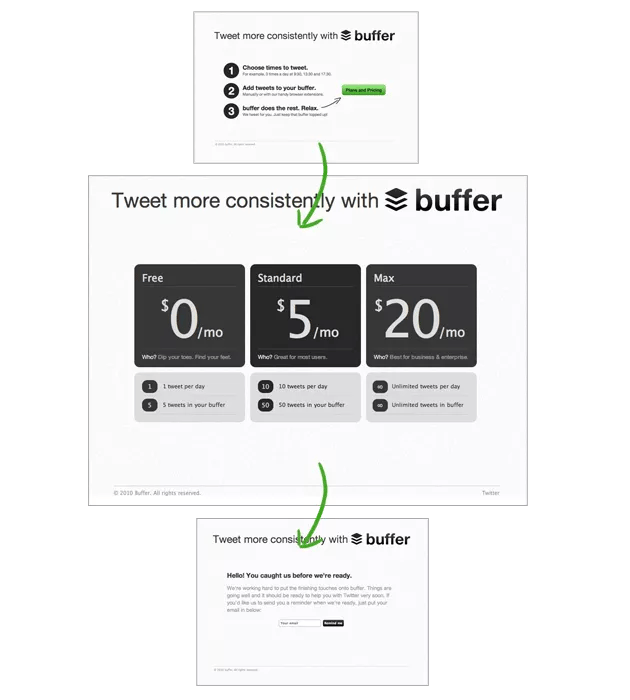Today in 10 minutes or less, you’ll learn:
- 🎯 How to choose your profitable niche
- ⚡ Research customer needs
- ⭐ Design your price & offer
- 🪝 Create your distribution & sales
💸 Create your own expat side hustle
🎨 1. Identify your skills
The first step to creating your side hustle is identifying which skills you want to monetize.
Two simple approaches: self-reflection and consulting your circle.
Self-reflection
Think back to 3-5 experiences when you felt like you were thriving in your work or personal life. Write down what happened in each experience, then identify the strengths or skills you were exercising in each story.
Having trouble labeling your strengths? Feel free to grab this reference list.
Consult your circle
Ask 5-10 people in your circle who know you from various aspects of your life — including your friends, family members, colleagues, and mentors — to answer the question:
“What do you see as my unique skills or strengths?”
How I applied this step:
Doing both self-reflection and consulting my circle helped catalyze me to run a five-figure career coaching side business for 3 years. I discovered that coaching was my superpower after I received positive feedback from multiple colleagues I coached on career growth (plus, I felt in my element doing it).

🧠 2. Identify your curiosities
While skills are critical, don’t forget about what interests you.
Why? Your curiosities are essential to helping you stay motivated.
Especially in case you hit a rough patch (kind of inevitable).
How I applied this step:
In my early 20’s, I loved nerding out on career and psychology books. I also liked ideating my own frameworks for navigating my career. Later, I realized that I could apply these same curiosities to creating actionable frameworks and exercises in my career coaching practice.
🎯 3. Choose a niche
OK great now you have list of your skills and curiosities, you can choose a niche based on the intersection of your skills and curiosities.
Here’s five examples:
- Marketing skills + Fashionista → selling trendy bags
- Speaking skills + likes business → business speaking gigs
- Teaching skills + AI nerd → teaching AI courses
- Ops/sales skills + likes real estate → self-storage service
- Ex-consultant + likes helping others → case interview prep
How I applied this step:
I constructed my niche using my existing skills and interests:
Coaching skills/tech background + career nerd → tech career coaching

⚡ 4. Learn about customer needs
This is where you’ll want to talk to potential customers in your niche. Your goal here is to determine:
- Who is your target customer
- What problems they struggle with (that you are uniquely positioned to solve)
For this section, I’ll share a few quick rules about customer development I learned from The Mom Test. Why is it called the Mom Test? It’s because:
“Never ask your mother if your idea is good, because in the case of doubt, she will lie to you to not hurt your feelings.”
Rob Fitzpatrick, author of The Mom Test & customer research wunderkind
The Mom Test rules:
- Talk about the person’s life (aka their problems) instead of your idea
- Ask about specifics in the past instead of generics or opinions about the future
- Talk less and listen more
Guidelines for talking to customers:
- Do not pitch your idea
- Keep it casual
- Decide on 3 big learning goals before the meeting
- Deflect compliments
- Redirect fluff & generalities back to specifics
- Look for emotional cues
- Ask for commitment (another meeting, preorder, sale)
Results of a good customer meeting:
- Facts: concrete, specific facts about what they do and why they do it (as opposed to the bad data of compliments, fluff, and opinions)
- Commitment: They are showing they’re serious by giving up something they value such as meaningful amounts of time, reputational risk, or money.
- Advancement: They are moving to the next step of your real-world funnel and getting closer to a sale.
How I applied this step:
I did customer research by signing up on an existing coaching platform (HireClub) and offering free introductory calls with prospects. I quickly discovered my sweet spot:
• Customer segment: Tech professionals in their late 20’s, typically working in product & business roles
• Pain point: Want to change roles or companies, but feels stuck. No job offers yet

🏷️ 5. Choose your initial price
Repeat after me: price before product, not the other way around.
Your goal for this step is to validate a customer’s willingness to pay (WTP) and choose a price based on their WTP. Here’s a few methods:
Method #1: Sales call
In my view, this is the best way to get factual data. Setup a call, explain how you solve their pain, and ask them to buy (yes, even if the offer is not ready yet). If s/he says yes to making a purchase, then you have discovered a valid price.
Method #2: Fake door test
The fake door test is a variant of method #1. Launch a mock-up or live pricing page, show it to prospects, and ask them to choose their plan.
Here’s an example from Buffer:

Method #3: Customer “willingness to pay” chats
This method comes from Monetizing Innovation by Madhavan Ramanujam.
Instead of selling, you can also probe for data:
- Ask questions like “Do you value these products/features?” and then ask why.
- Then switch gears to ask questions like “What would you consider an acceptable / expensive price?”
If you collect enough data points, you’ll eventually create a distribution curve of prices x demand.
Pro-tip: Start the conversation with value, THEN transition to price. This is much easier than jumping straight into price (which causes defenses to go up).
Method #4: Competitive analysis
Collect prices from competitors who have similar offers. You should gain a rough understanding of how the market breaks down pricing tiers (high, mid, low) and which tier you want to play in with your offer.
How I applied this step:
I created my first pricing hypothesis by using Method #4 Competitive Analysis aka collecting prices from existing coaching platforms and private practices. After I moved from an existing coaching platform to my private practice, I used Method #1 Sales Calls to test my updated pricing for a more intensive program for mid/senior tech professionals.
⭐ 6. Design your offer
This is the fun part. Ask a lot of questions and listen to your customers carefully.
Then map their pain points to your offer value propositions:
- Pain point (“What I’m hearing is you’re feeling stuck with X”) →
- Value prop (“By working on Y, I’ll help you get unstuck with X”) →
- Result (“The result is that you’ll get Z outcome”)
How I applied this step:
I worked with a few product clients who struggled to pass initial stages:
• Pain point: Not passing to final round interviews
• Value prop: Mock interviews for case study/behavioral questions, plus frameworks and real-time feedback
• Result: Get to final round interviews (and win offer)

🪝7. Start selling!
Finally. You’re almost there with closing your first sale.
There’s two parts to this step of your side hustle journey:
- Distribution: Getting leads
- Sales: Converting leads into buyers
Distribution
I would recommend focusing on:
- Social media: Start with one channel — Linkedin, Instagram, Twitter.
- Existing communities: Join relevant industry or topic-related communities on Reddit, Slack, Discord, and Telegram.
- Website / newsletter: Use this to house your content and convince users to subscribe to your newsletter. I use Beehiiv
Sales
If you haven’t done so yet, setup sales calls to get your first customer. There’s two approaches:
- Inbound: Put a Calendly link on your website / newsletter so prospects can setup a call with you
- Outbound: Conduct email or Linkedin outreach to potential clients
How I applied this step:
I focused on the following:
• Social media: Shared my career content on Linkedin
• Existing communities: Networked in job search FB groups
• Personal website / blog: I wrote a career coaching blog, which helped potential clients gain enough confidence in my approach to setup a free initial call
Congratulations! You now have your first customer 🥳

🌐 Beyond your borders
🇬🇧 US overtakes UK as most attractive market for UK retail investors (IW)
🇺🇸 Facebook is thinking its remote work policy after layoffs (BT)
🇦🇪 UAE announces 100k Golden Visas for tech professionals (AB)
🇮🇳 Tax Residency for an Indian digital nomad (Reddit)
🇹🇭 Thailand reverts back to 30-day entry visas for most nationalities (CTN)
🇵🇰 Pakistan’s government expects 1 million citizens to work abroad this year (DT)
💻️ Young workers don’t feel that remote working harms their careers (HT)
🙌 Our friends across the internet
Get an edge on your remote job search. Our friends at Morning Remote gives you a leg up on the remote companies that will be hiring in the next few weeks, before the jobs are even posted. 🚀
Every Sunday, Morning Remote delivers to your inbox a fresh list of remote startups raising millions, roles they’re hiring for, and decision maker contact info. Subscribe now!
—
Launch your newsletter faster. At Money Abroad, we use Beehiiv to send our newsletters and grow our audience. We love its easy-to-use editor and built-in features like polls, onboarding flow, referral program, and segmentation.
Beehiiv is a newsletter tool that’s designed for growth. Get started today!
Have any juicy expat money questions or tips? Reply or DM me on Linkedin. I read every message.








